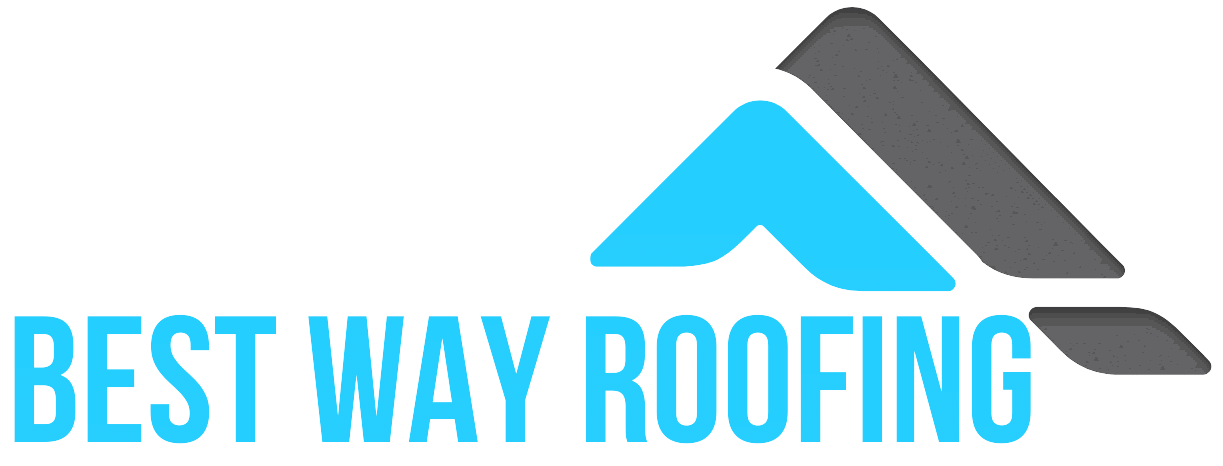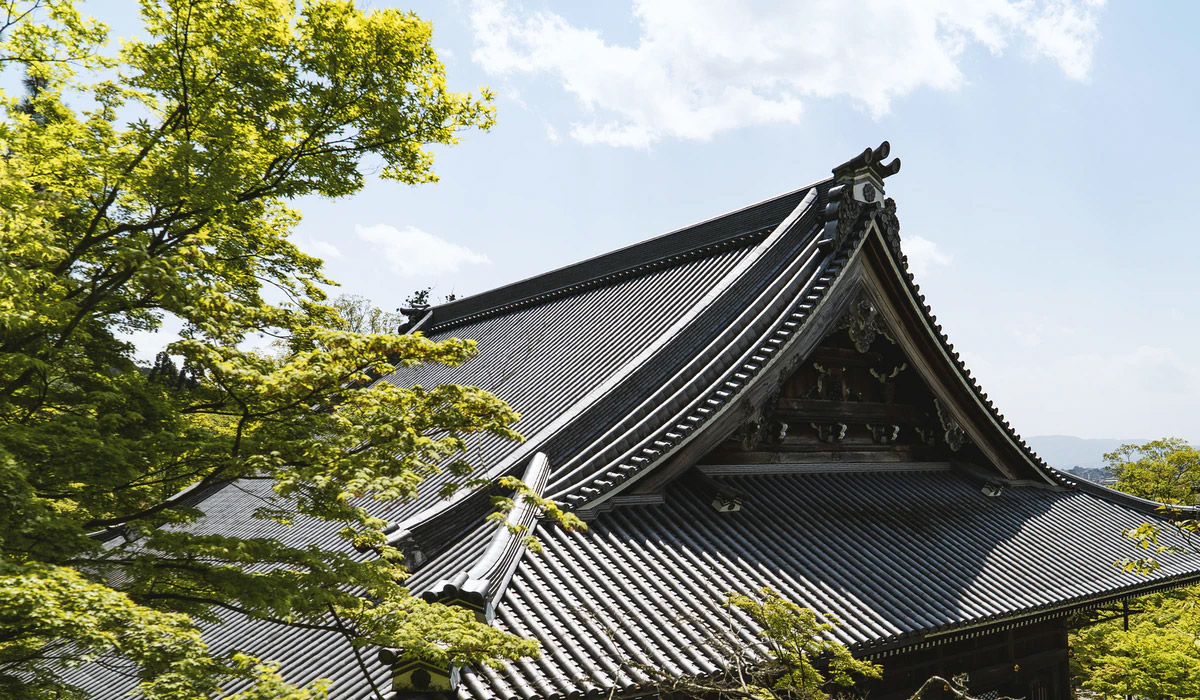In today’s world, environmental consciousness is becoming increasingly important, even in roofing. Best Way Roofing, a reputable roofing company in Los Angeles, CA, owned by Tony Figueroa and with over 37 years of experience, understands the significance of choosing environmentally friendly roofing options. In this step-by-step guide, we’ll explore various eco-friendly roofing materials and methods to help you make an informed decision for your home.
Step 1: Assess Your Needs and Goals
Before diving into environmentally friendly roofing options, assess your needs and goals for your roofing project. Consider factors such as energy efficiency, sustainability, durability, and budget. Understanding your priorities will guide you in selecting the most suitable eco-friendly roofing solution for your home.
Step 2: Research Eco-Friendly Roofing Materials
Next, research different types of eco-friendly roofing materials available in the market. Some popular options include:
- Cool Roofs: These roofs are designed to reflect more sunlight and absorb less heat, reducing the need for air conditioning and lowering energy costs.
- Metal Roofs: Metal roofs are durable, recyclable, and energy-efficient. They can last for decades and are often made from recycled materials.
- Sustainable Wood Shingles: Wood shingles made from sustainably harvested wood or reclaimed materials offer a natural, eco-friendly roofing option.
- Slate or Clay Tiles: Slate and clay tiles are long-lasting, energy-efficient, and made from natural materials that are recyclable and sustainable.
- Green Roofs: Green roofs, also known as living roofs, are covered with vegetation, providing insulation, reducing stormwater runoff, and improving air quality.
Step 3: Consider Energy Efficiency
When evaluating eco-friendly roofing options, prioritize energy efficiency. Look for roofing materials with high solar reflectance and thermal emittance ratings, such as cool roofs or metal roofs. These materials can help reduce your home’s energy consumption and lower utility bills while minimizing environmental impact.
Embracing environmentally friendly roofing options isn’t just a trend; it’s a responsibility towards our planet’s sustainability. Let’s build a greener future, one roof at a time. ”
Tony Figueroa, Owner of Best Way Roofing
Step 4: Evaluate Durability and Longevity
Choose durable roofing materials to minimize the need for frequent replacements and repairs. Metal roofs, for example, can withstand harsh weather conditions and have a lifespan of 50 years or more. Investing in durable roofing materials will reduce maintenance costs and decrease waste and resource consumption over time.
Step 5: Consider Local Regulations and Incentives
Before finalizing your decision, check local regulations and incentives for eco-friendly roofing options. Some cities, including Los Angeles, CA, offer incentives such as tax credits or rebates for installing environmentally friendly roofing materials. Additionally, familiarize yourself with any building codes or restrictions that may impact your choice of roofing materials.
Step 6: Consult with a Professional Roofing Contractor
Finally, consult a professional roofing contractor like Best Way Roofing to discuss your eco-friendly roofing options. A reputable contractor can provide expert advice, assess your roofing needs, and recommend the best environmentally friendly solution for your home. They can also ensure proper installation, maximizing the efficiency and longevity of your eco-friendly roof.
By following these steps, you can make an informed decision when choosing environmentally friendly roofing options for your home. With Tony Figueroa and the team at Best Way Roofing, you can trust that your eco-friendly roofing project will be completed with professionalism, quality, and sustainability in mind. Contact us today to learn more about our environmentally friendly roofing solutions and start your journey towards a greener home.



